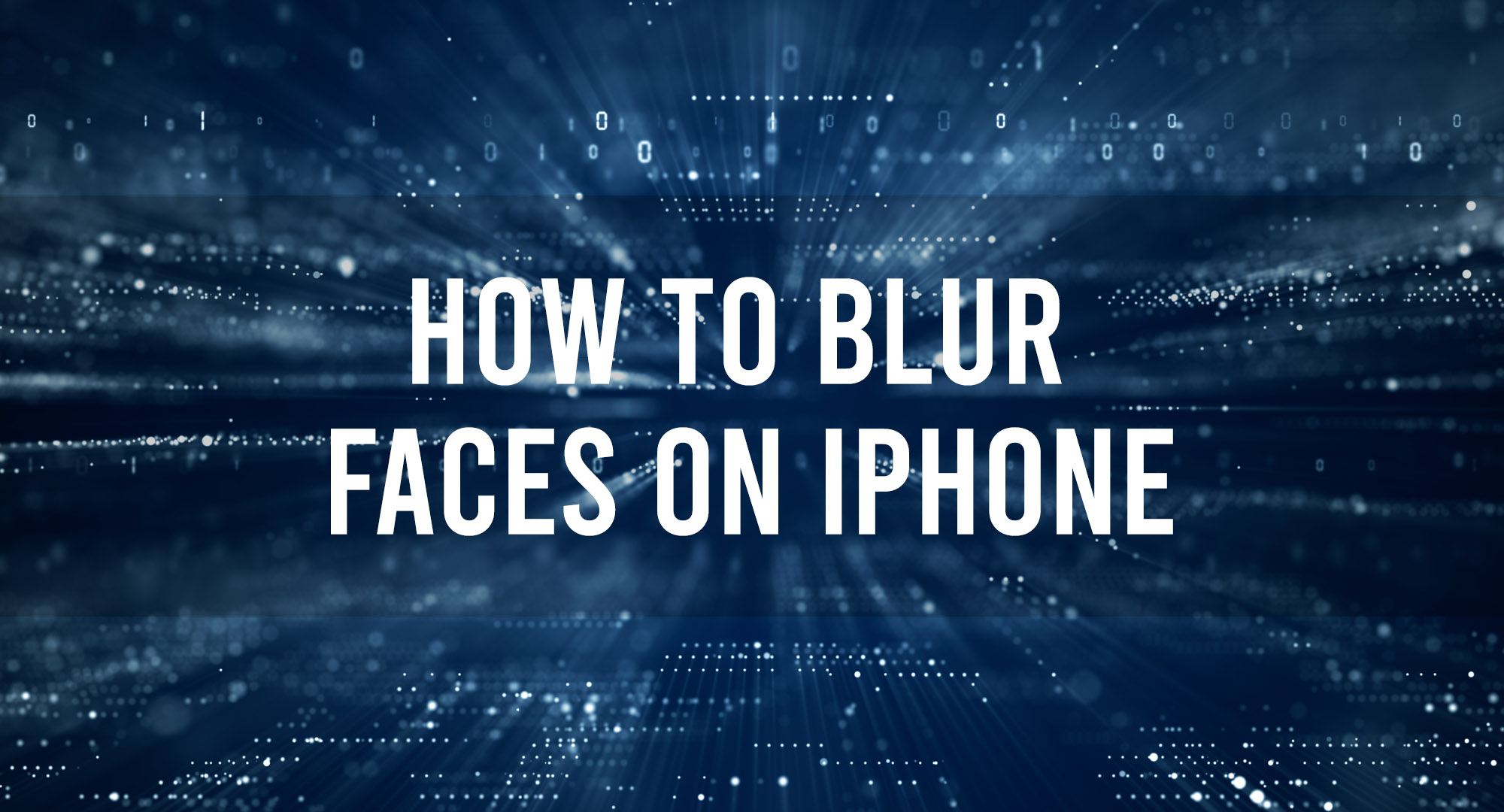Blurring faces in photos can be useful for a variety of reasons, whether you’re trying to protect someone’s privacy, avoid sharing identifiable information, or simply for stylistic purposes. While the iPhone’s native Photos app doesn’t have a built-in face blurring feature, there are several third-party apps and methods you can use to achieve this effect. Here’s how you can blur faces on an iPhone:
1. Using Third-Party Apps:
Table of Contents
Many apps on the App Store offer face-blurring features. Some popular choices include:
- Pixelmator
- Snapseed
- Blur Photo Editor
Steps (general workflow, might vary depending on the app):
- Download and install your chosen app from the App Store.
- Open the app and import the photo in which you want to blur the face.
- Use the blurring or pixelation tool, often represented by a droplet or mosaic icon.
- Adjust the size of the tool to fit the face and apply the blur.
- Save or export the edited photo.
2. Using iPhone’s Markup Tool:
While this method doesn’t exactly blur, it allows you to obscure faces using the markup tool.
- Open the ‘Photos’ app and select the picture you want to edit.
- Tap on ‘Edit’ in the top right corner.
- Tap on the ‘Markup’ tool (it looks like three dots connected by lines).
- Choose the pen, marker, or pencil tool from the bottom.
- Adjust the thickness and opacity as needed.
- Draw over the face to obscure it.
- Tap ‘Done’ to save the edited photo.
3. Using Clips App by Apple:
Apple’s Clips app sometimes has face-blurring or related effects. This is more dynamic and suited for videos but can be used for photos as a workaround.
- Download the Clips app from the App Store.
- Open the app and import your photo or video.
- Browse through effects to find one that obscures the face.
- Save the edited photo or video.
Things to Keep in Mind:
- Quality: When using third-party apps, ensure you choose apps that don’t compromise the overall quality of the photo.
- Permissions: Some apps might request access to your entire photo library. Always be cautious and grant permissions only if you trust the app.
- Alternatives: Instead of blurring, consider other effects or stickers that can obscure a face without diminishing the quality or essence of a picture.
Conclusion:
While the iPhone might not have a direct, built-in method for blurring faces in photos, the flexibility of third-party apps and other creative tools can easily fill this gap. Whether for privacy, aesthetic choices, or creative expression, blurring faces is a straightforward process once you know the right tools for the job.

Timothy is a tech enthusiast and has been working in the industry for the past 10 years. He has a vast knowledge when comes to technology and likes to help people with this knowledge.
